11 Things iPhone Can’t Do
The iPhone, undoubtedly one of the most iconic smartphones in history, has redefined the way we interact with technology. However, even this tech marvel has its limitations that set it apart from its counterparts. In this article, we delve into 11 things the iPhone can’t do, shedding light on its distinctive characteristics and exploring the reasons behind its design choices.
1. The rear panel of the iPhone is non-removable
One of the defining features of the iPhone is its seamless design, with a non-removable back. Unlike some other smartphones, the iPhone’s unibody construction provides a sleek and minimalist appearance while ensuring durability. This design choice eliminates the need for a removable back, offering enhanced structural integrity.
2. Opening multiple apps concurrently is not a feature
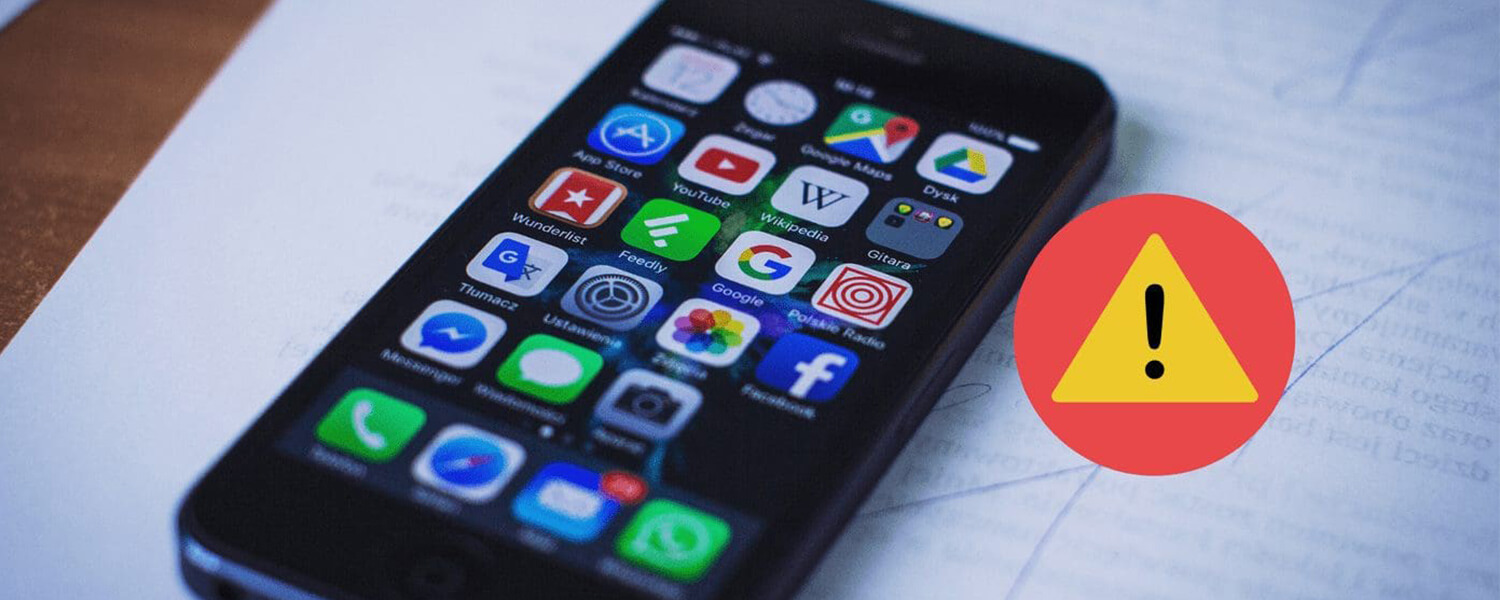
The iPhone’s inability to open multiple apps simultaneously might seem restrictive, but it aligns with Apple’s focus on delivering a smooth and efficient user experience. This design choice ensures that the device’s performance remains consistently high while app-switching gestures and features like Picture-in-Picture compensate for the absence of true multitasking.
3. It requires a particular cable for charging purposes
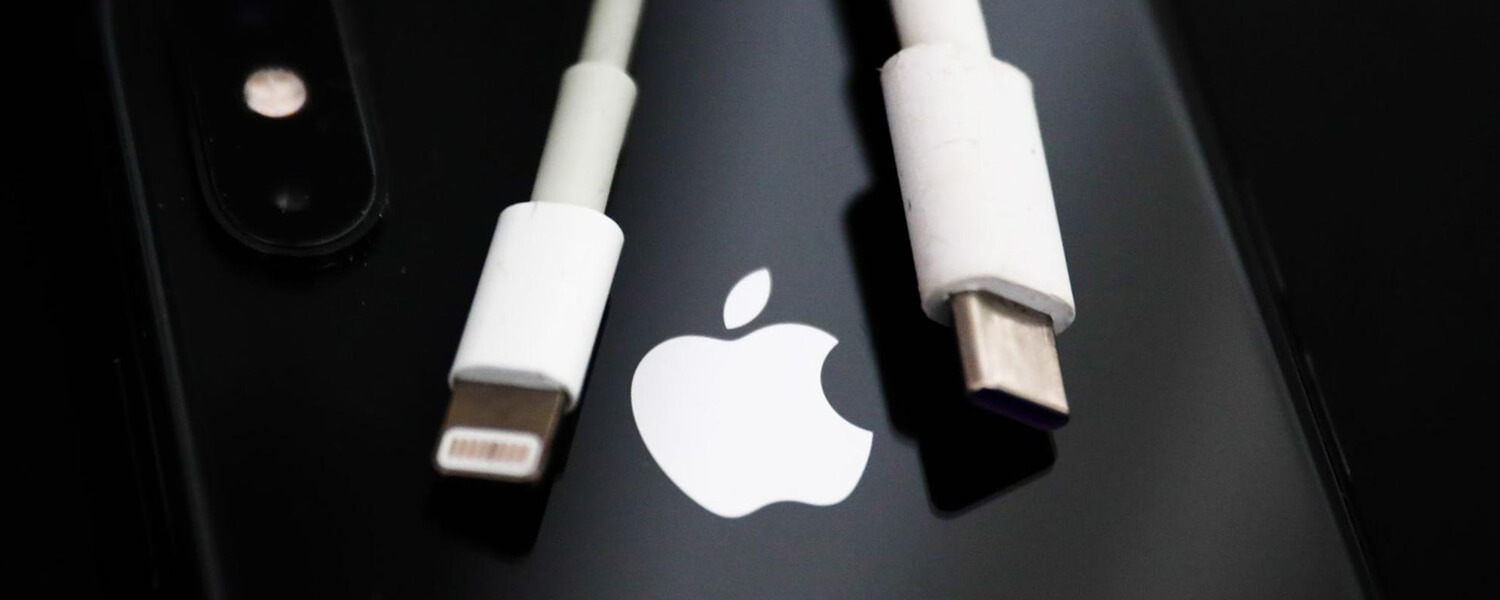
Apple’s decision to use a specific charging cable isn’t just about locking users into their ecosystem. The Lightning cable offers several benefits, including faster data transfer and enhanced security. Additionally, Apple’s ecosystem integration ensures a seamless experience across various devices, allowing for effortless data sharing and synchronization.
4. Automatic HDMI linkage is not supported
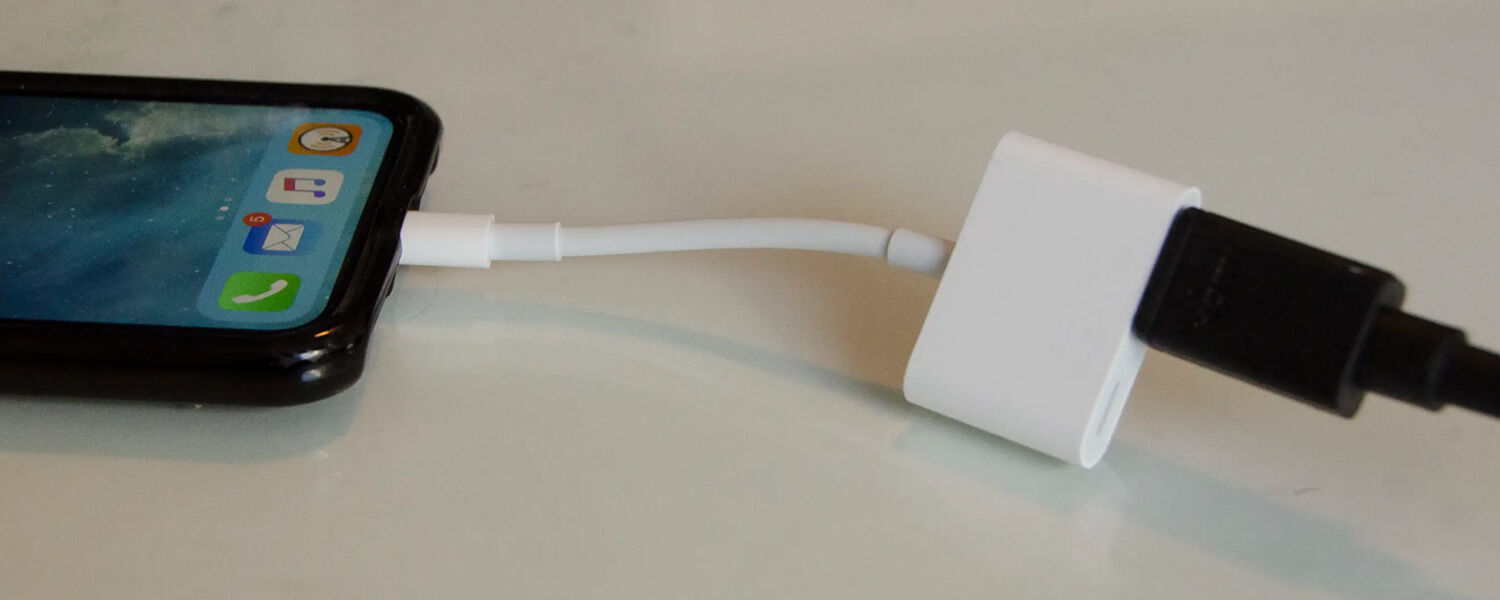
Although iPhones do not support automatic HDMI connections, Apple has wholeheartedly embraced wireless advancements such as AirPlay, enabling the seamless streaming of content to compatible screens. This strategic shift underlines Apple’s unwavering dedication to cable-free innovations, delivering a user experience brimming with convenience while effectively minimizing visual clutter.
While iPhones may not possess built-in capabilities for automatic HDMI connections, Apple has enthusiastically embraced the realm of wireless technologies, notably exemplified by AirPlay, which facilitates the effortless transmission of content to displays that are in harmony with this innovative feature. This strategic pivot is a testament to Apple’s resolute commitment to pioneering cable-free solutions, thereby fostering a user-centric ecosystem that seamlessly merges convenience with an aesthetic free from unnecessary entanglements.
5. Touchless control for giving phone instructions is unavailable
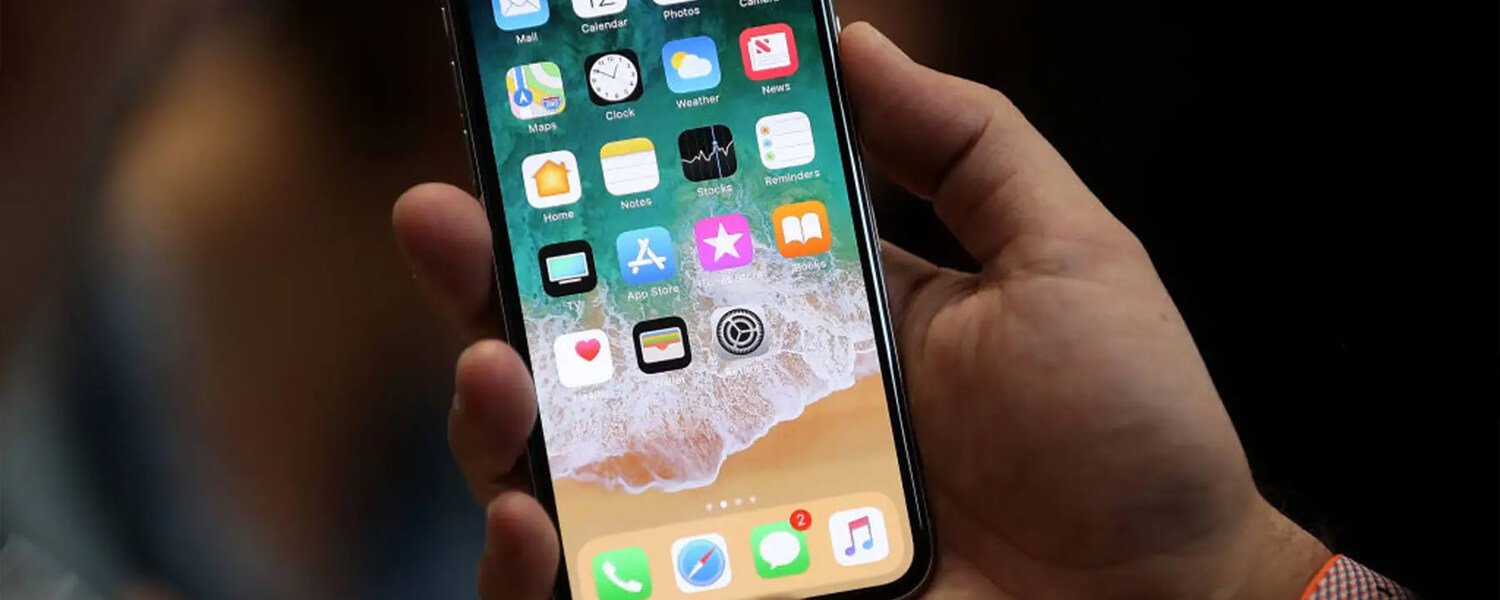
Unlike certain competitors, iPhones typically require touch input. However, Apple has made strides in accessibility with features like Siri and Voice Control, enabling users to interact with their devices using voice commands. This innovation empowers individuals with limited mobility and offers an alternative way to control their iPhones.
6. Expanding storage using a micro SD card is not an option
The absence of micro SD card support in iPhones encourages optimization of storage usage. Apple’s focus on maintaining consistent performance and security across its devices necessitates a controlled storage environment. Cloud storage options and efficient app management help users maximize available storage without compromising performance.
7. There is no option to pull down from the top of the screen to reveal quick settings shortcuts
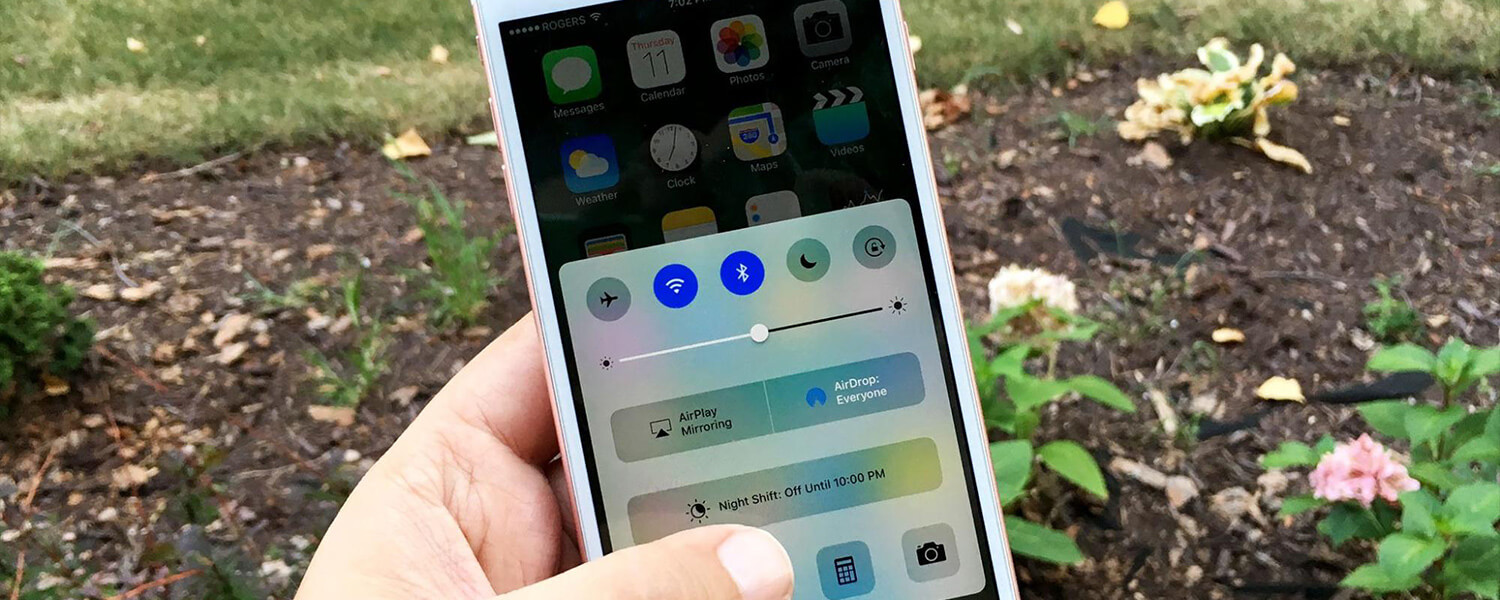
In the realm of user interfaces, Android devices distinguish themselves with a swift swipe-down gesture granting instant access to settings. Meanwhile, iPhones chart a distinct course, showcasing the ingenuity of Apple’s Control Center—a singular hub meticulously designed to corral frequently utilized settings. This astute strategy not only bequeaths a streamlined interface but also orchestrates a visual landscape unburdened by unnecessary distractions.
Navigating the intricacies of user experience, Android devices stand out by their seamless settings access facilitated through a swift downward swipe. On the other hand, iPhones tread an innovative path, showcasing the sophistication of the Apple Control Center—an ingeniously centralized locale tailored to house oft-used settings. Beyond its elegance, this strategic move takes shape as a guardian against visual clutter, leaving users with an interface that is as sleek as it is efficient.
8. The scope for personalization is limited
Apple’s design philosophy emphasizes a cohesive and uniform user experience. While iPhones offer limited customization compared to some Android counterparts, this approach ensures a consistent and aesthetically pleasing interface, appealing to a broad user base.
9. Adding widgets to the home screen is not possible
Widgets, a staple of Android home screens, took a while to arrive on iPhones. Apple introduced widgets to maintain its design principles while adding a touch of personalization. This approach offers a compromise between customization and maintaining the iconic iPhone look.
10. Has remote control capabilities
Unlike some smartphones that tout IR blasters, iPhones can’t be used as universal remote controls out of the box. However, third-party accessories and apps bridge this gap, providing control over various devices via Wi-Fi or Bluetooth connections.
11. The possibility of swapping the rear panel exists
Swapping out the back cover is a common feature in some Android models, but iPhones prioritize aesthetic harmony and structural integrity. The unibody design ensures a seamless and premium feel while maintaining the device’s durability.
While the iPhone may have certain limitations, each one is a conscious design choice that contributes to its unique identity and exceptional user experience. From its elegant design to its seamless ecosystem integration, the iPhone’s distinct features showcase Apple’s commitment to innovation and user-centric design, making it a remarkable and unparalleled device in its own right.












